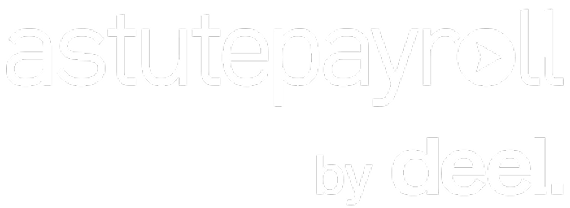What is a Top-Level Domain?
A top-level domain (TLD) is the last part of a domain name, located after the final dot. It represents the highest level in the hierarchical structure of the Domain Name System (DNS), and the TLD is key for identifying the type or location of the website.
For example, in the domain “app.example.com,” “.com” is the TLD, while “example” is the second-level domain, and “app” is the third-level domain.
There are 4 types of TLDs, each serving different purposes:
- Generic Top-Level Domains (gTLDs): These are the most commonly recognised TLDs, like “.com,” “.org,” and “.net.” They are open to registration and are not tied to a specific location.
- Country-Code Top-Level Domains (ccTLDs): These TLDs represent specific countries or regions. For instance, “.au” is for Australia, and “.uk” is for the United Kingdom.
- Sponsored Top-Level Domains (sTLDs): These are restricted TLDs associated with specific industries, organisations, or communities. Examples include “.edu” for educational institutions and “.gov” for government entities.
- Infrastructure Top-Level Domain: There is only one, “.arpa,” used for technical infrastructure purposes.
Why are Top-Level Domains Important?
Top-level domains play a role in search engine optimisation (SEO), especially for local SEO. Websites with country-specific ccTLDs often perform better in local search results because they signal to search engines that the site targets users from a specific region. However, generic TLDs like “.com” or “.org” are better for global reach and recognition.
Be cautious with lesser-known or suspicious TLDs, such as “.xyz” or “.biz,” as these are sometimes associated with spammy practices. Search engines and users may view them with suspicion, which can affect your site’s credibility.
Best Practices for Choosing a TLD
1. Use Common and Trusted TLDs
Choosing well-known TLDs like “.com,” “.org,” or “.net” is a safe bet for most websites. These TLDs are widely trusted and recognised, making them a good choice for businesses and organisations aiming for global reach.
2. Be Strategic with ccTLDs
If you’re targeting a specific country, a ccTLD like “.au” for Australia can help your site perform better in local searches. However, be cautious about using ccTLDs for creative purposes, as search engines may associate your site with a country you’re not targeting (e.g., “.io” for British Indian Ocean Territory).
Recommended Read: .com vs .com.au – What should you choose?
3. Avoid Spam-Associated TLDs
Certain TLDs are often used for spam or low-quality content. Avoid TLDs like “.info” or “.biz” unless you have a clear strategy for establishing credibility, as users or search engines can sometimes flag these.
FAQs
What Are the Most Popular TLDs?
The most widely used TLDs include “.com,” “.org,” “.net,” and “.ru.” “.com” remains the most popular choice due to its familiarity and trustworthiness.
Can You Change a Website’s TLD?
Yes, but changing a website’s TLD can affect SEO and rankings, especially if you are switching from a highly recognised TLD like “.com” to a less familiar one. You’ll need to implement proper redirects and notify search engines to maintain traffic and rankings.
Do Keywords in a TLD Affect Rankings?
While some believe that having a keyword in the TLD (like “.shop” for an e-commerce site) might help rankings, there’s no significant evidence that it impacts SEO directly. Instead, focus more on content and user experience rather than relying on keyword-based TLDs for ranking improvement.










